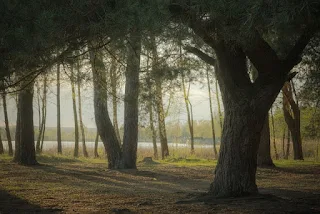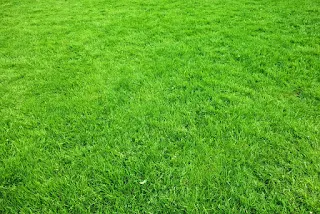What are Public "Green Zones"?
A public green zone is often a planned and managed space within an urban or suburban setting where the primary focus is on preserving or introducing natural elements. These zones vary in size and can range from small neighborhood parks and community gardens to larger recreational areas that might include amenities like walking trails, ponds, and sports facilities.In essence, a public green zone serves as a "green lung" amidst the "concrete jungle," offering a respite from built environments characterized by buildings, roads, and other man-made structures. These areas are deliberately set aside for ecological conservation and public enjoyment, and they are generally protected from commercial development or other forms of exploitation that might compromise their ecological integrity.




